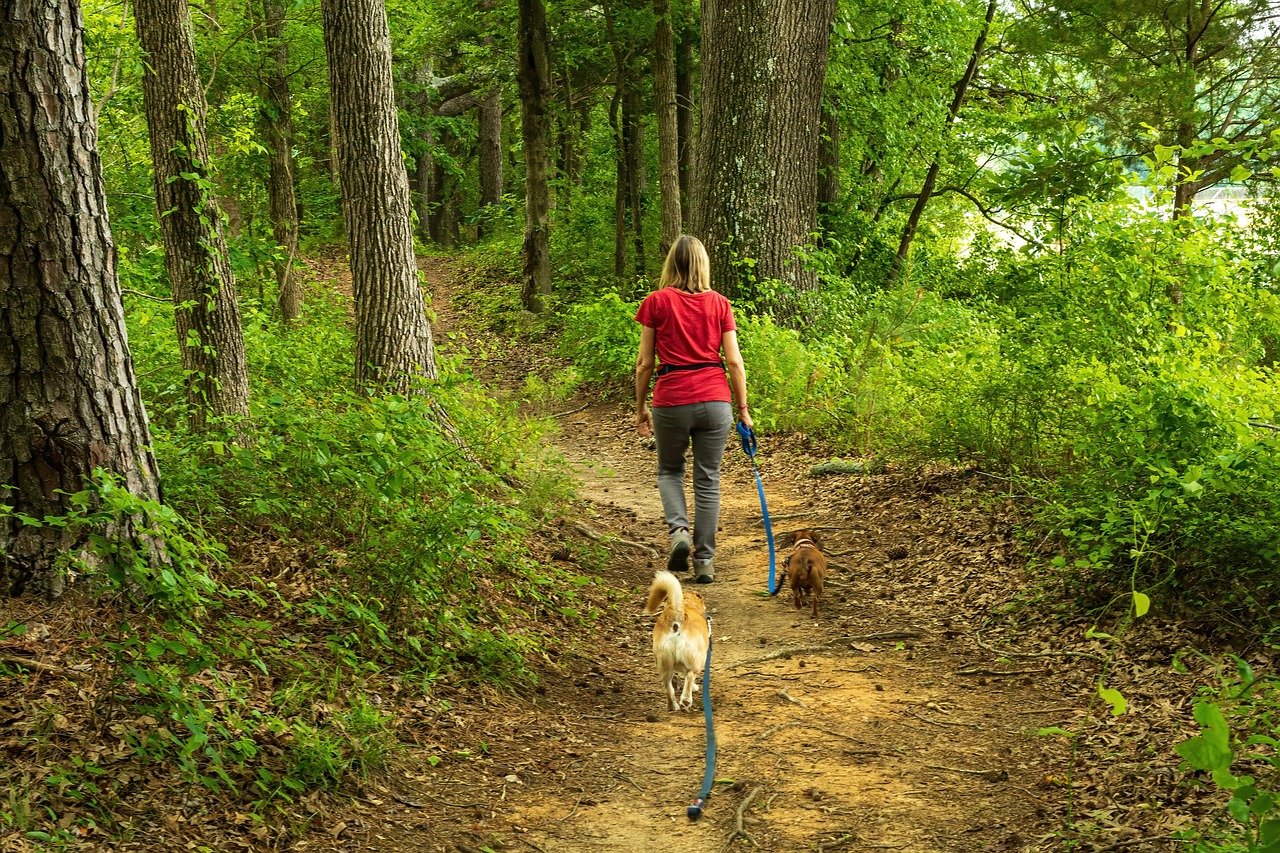Have you ever noticed your dog quietly snuggling up to you when you’re feeling down, or wagging their tail with infectious joy when you’re happy? It’s almost as if they have a sixth sense for your emotions. For many seniors, a faithful canine companion is much more than a pet — they’re a source of comfort, laughter, and unwavering loyalty. But how do dogs really pick up on our feelings? And how can understanding this extraordinary ability help you, as a senior, deepen the bond with your furry friend? Let’s explore the science, the stories, and the simple magic that makes the senior-dog relationship so unique.
The Astonishing Power of a Dog’s Senses
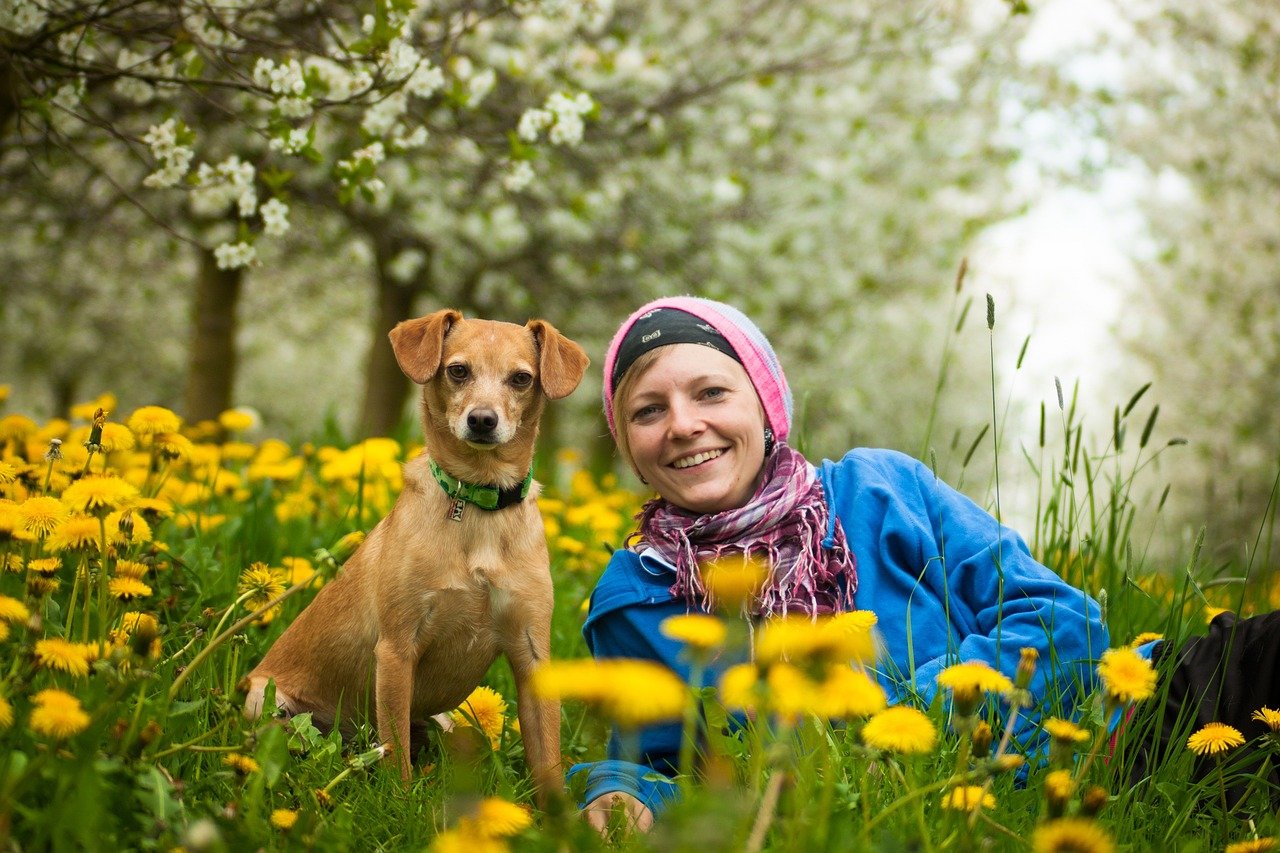
Dogs live in a sensory world far richer than our own. Their noses can detect scents in parts per trillion, enabling them to pick up on the subtle changes in your body chemistry when you’re sad, anxious, or excited. They don’t just smell the world — they feel it, hear it, and see it through a different lens. When you’re stressed, your body emits certain pheromones and hormones, and believe it or not, your dog can sniff these out faster than any fancy gadget. It’s almost like having a living, breathing mood detector right at your side. For seniors, this sensitivity can be incredibly comforting, especially during moments of loneliness or uncertainty.
Reading Your Body Language: The Silent Conversation
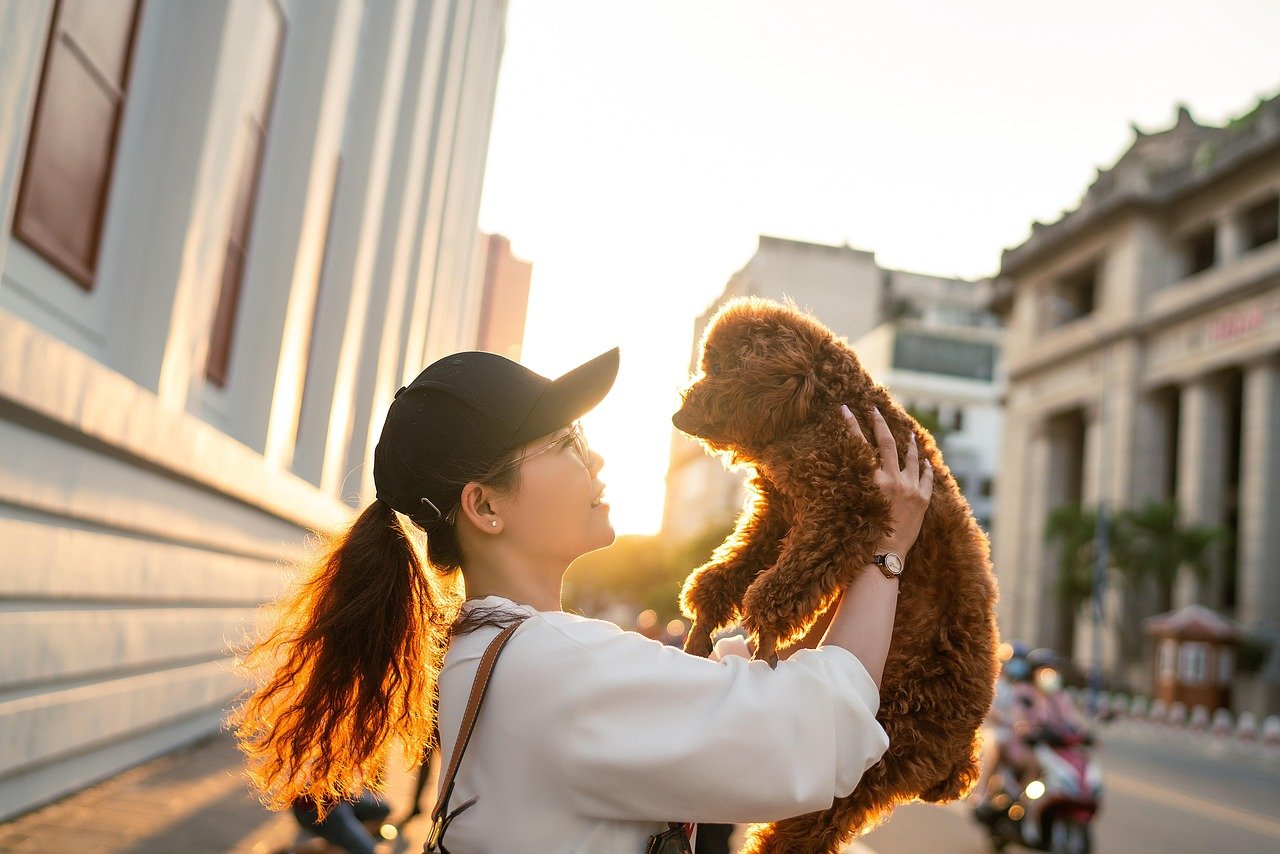
Dogs are master readers of body language, picking up on every sigh, smile, and subtle shift in your posture. You might not even notice how your shoulders slouch when you’re feeling blue, but your dog sees it. Their keen eyes notice the tiniest changes — from the way you walk into the room to how you hold your hands. It’s as if they’re experts in a language without words, always watching, always learning. For seniors, who may sometimes feel that words aren’t enough or may struggle with expressing feelings, this silent communication creates a deep, unspoken connection that’s truly priceless.
The Magic of Eye Contact
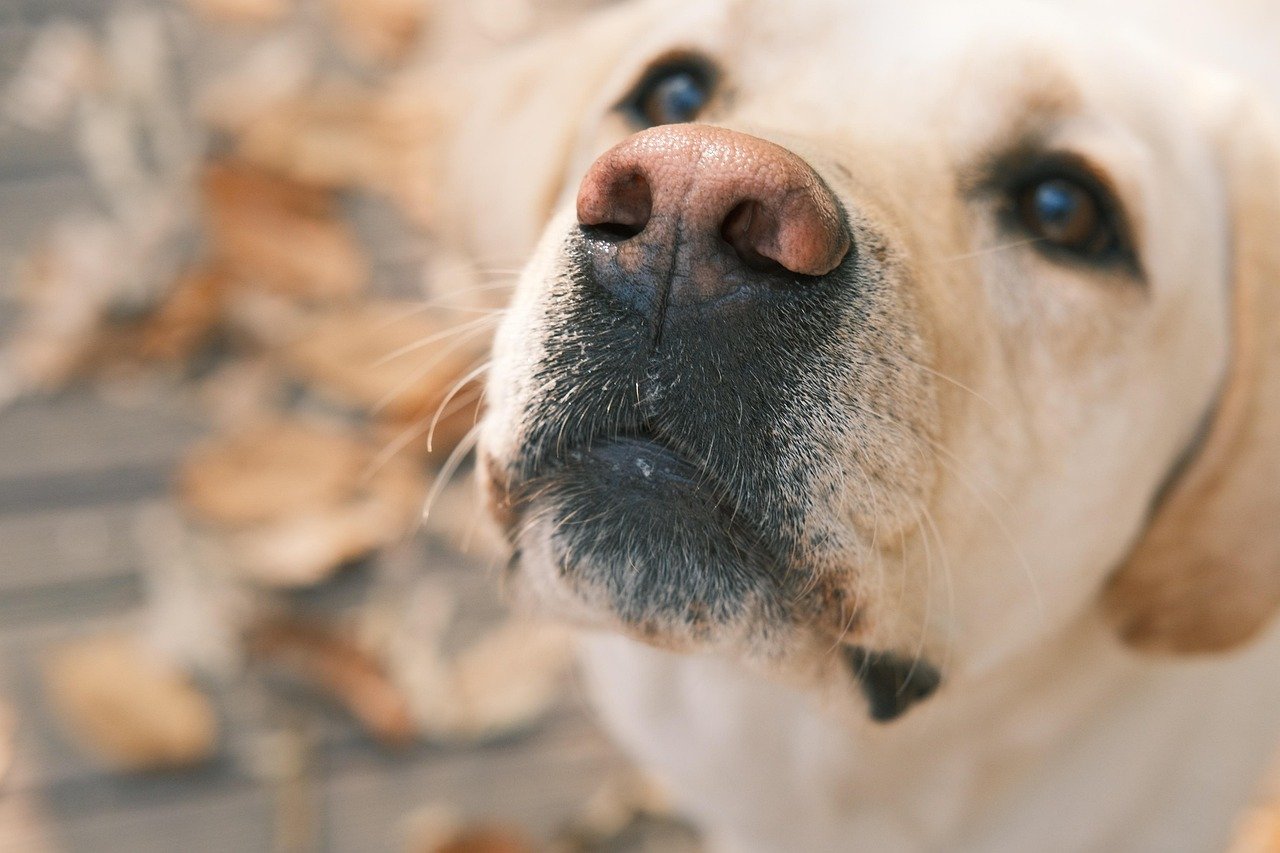
Have you ever gazed into your dog’s eyes and felt a wave of calm wash over you? There’s real science behind that. When you and your dog lock eyes, both your brains release oxytocin, the so-called “love hormone.” This mutual gaze creates a feedback loop, making both of you feel happier and more connected. For seniors, who might miss the warmth of human touch or the comfort of loving glances, sharing moments of eye contact with a dog can be deeply soothing. It’s a simple, powerful way to say “I’m here for you” without uttering a word.
Responding to Your Voice: More Than Just Words
Dogs don’t just listen to what you say — they tune into how you say it. Your tone, pitch, and even the rhythm of your speech all send signals about your mood. When your voice trembles with sadness or softens with affection, your dog knows. Some studies suggest that dogs can distinguish between happy and angry tones, responding differently to each. For seniors, whose voices might falter with age or emotion, it’s comforting to know that your dog understands the feelings behind the words, not just the words themselves.
Sensing Illness and Discomfort

It’s not just emotions that dogs can sense — they may also notice physical changes in your body. Many stories tell of dogs alerting their owners to health issues, like low blood sugar or an impending seizure, even before any symptoms appear. Dogs have even been known to nudge or whine when their owner’s heart or breathing rates change unexpectedly. For seniors, this can offer an extra sense of security, knowing that your dog is always watching out for you, perhaps even in ways you can’t fully understand.
The Healing Power of Touch and Presence
There’s nothing quite like the feel of a dog’s fur beneath your hand or the gentle pressure of a head resting on your knee. Physical touch is a powerful way for dogs and humans to connect emotionally. Petting your dog can lower your blood pressure, slow your heart rate, and release feel-good chemicals in your brain. For seniors, especially those who live alone, these moments of touch can fill a deep need for connection and reduce feelings of isolation. Your dog doesn’t care about your worries — they just want to be close, and that’s often more healing than words.
Building Trust Through Routine and Ritual
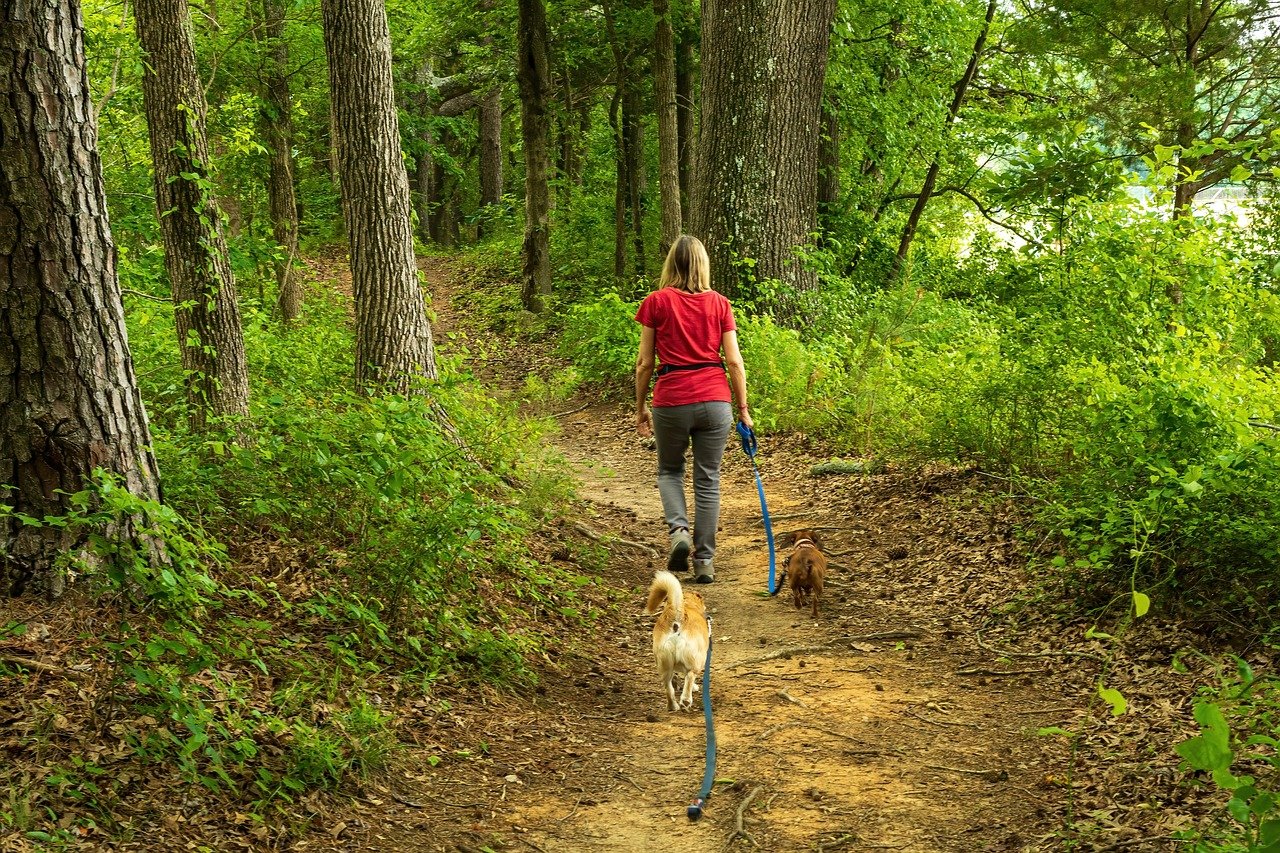
Dogs thrive on routine, and so do many seniors. The daily rituals of feeding, walking, and playing create a comforting rhythm that anchors both you and your dog. When your dog knows what to expect, they feel safe and secure — and so do you. These shared routines become more than chores; they’re moments to bond, laugh, and enjoy each other’s company. Even a simple afternoon walk or quiet evening cuddle can become a cherished ritual that strengthens your relationship day by day.
Deepening the Bond: Tips for Seniors and Their Dogs
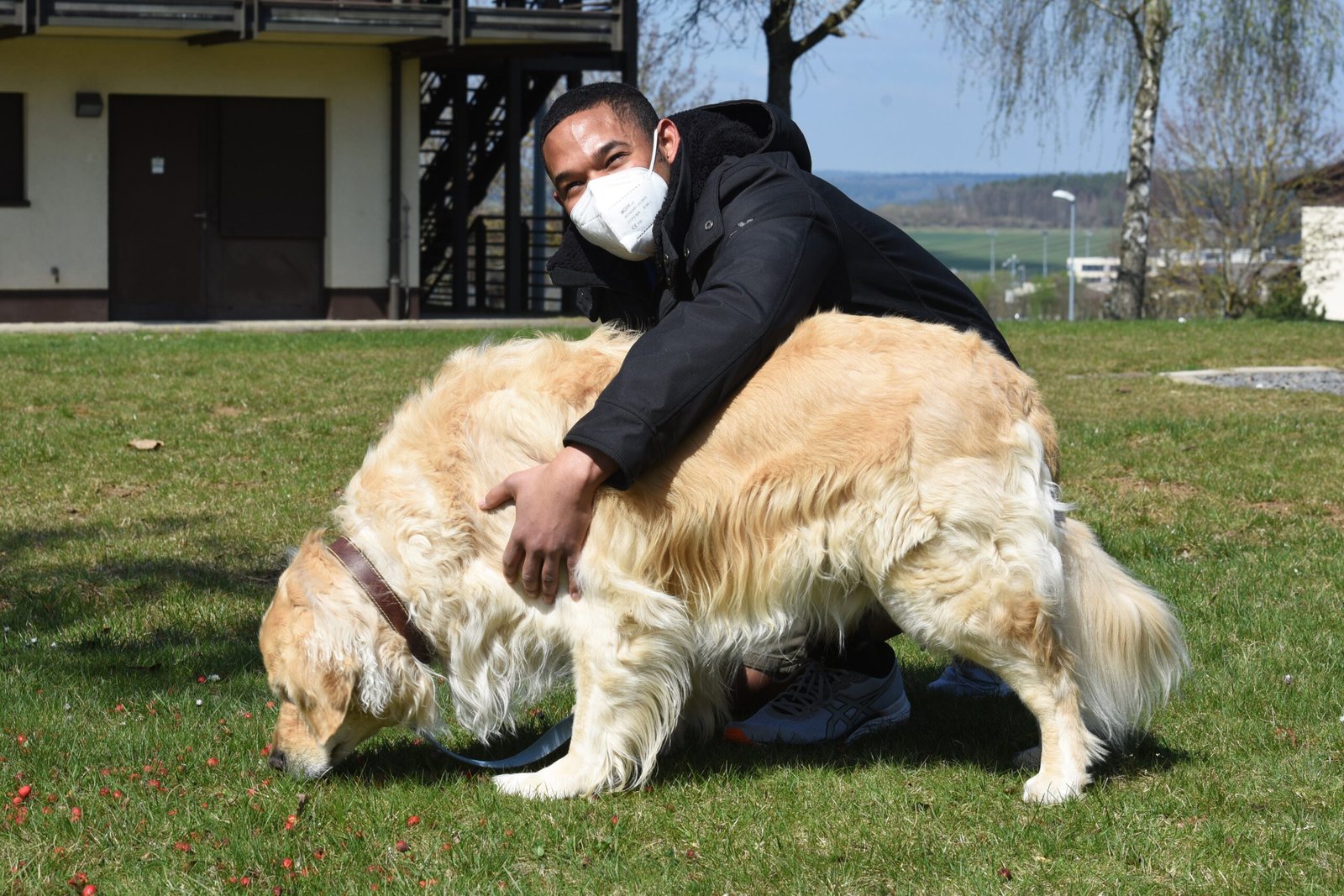
Strengthening your bond with your dog is all about being present and intentional. Try spending a few minutes each day just sitting quietly with your dog, making eye contact, and gently stroking their fur. Talk to them — even if you feel silly — and notice how they respond. Play simple games or teach them a new trick to keep both your minds sharp. Most importantly, pay attention to their signals; if your dog seems restless or anxious, they might be picking up on your feelings. By tuning into each other, you’ll create a partnership built on trust, empathy, and love.

Born and bred in South Africa, a Capetonian at heart. Amy-Leigh’s love for nature and animals was inherited from her Dad. He loves taking the family on road trips to experience nature at its finest; Amy-Leigh’s favourite being whale watching in Hermanus and spotting Kudu along the West Coast. Amy-Leigh holds a BA in English Literature and Communication Studies.

